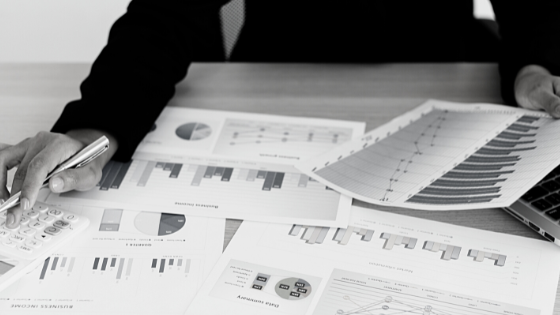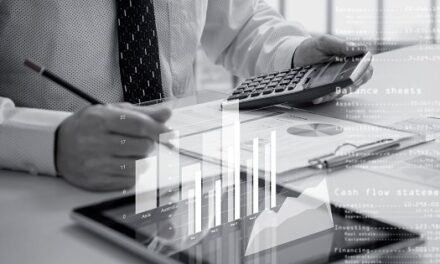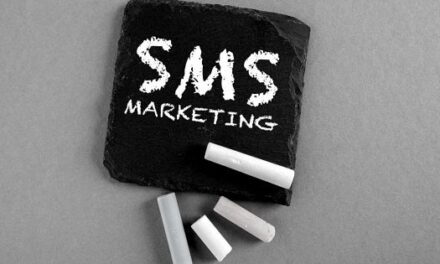For many Australian small businesses, the financial year end in June is met with groans and a seemingly endless set of accounting tasks from wrapping up outstanding payments or purchases, to chasing receipts and preparing PAYG reports for employees.
However, smart businesses can use this time to understand exactly where they will land at the end of June and what that means in terms of profitability, cash, and tax planning to end the year strongly and set the foundation for a better new year ahead financially.

The Short Term View
Forecasting the next month is easy as you will have a clear idea of your revenue and the associated costs in this short-term view. You may have decided to increase your marketing spend or hire added resources, for example, and have committed to that already so you can populate any of these known costs.
Otherwise, you can put all the other costs in at budget or based on an average of what you spent in the previous months.
By only doing this exercise for one month, it gives you a fairly accurate estimate or forecast. That is because the further out you look, the more unknowns there are. In a short-term view, things are either going to be the same as they were in the past couple of months, or if you have decided to change something up, you have a confirmed new increased/decreased cost.
Positioning Ahead of Time
Putting this whole package together, your 11 months actual and your new one-month forecast, gives you a view of your closing position in June, and you can cut it as a two-way model, so you have a profitability view and a cash view. And why is this useful? It will give you the opportunity to prepare and make the best of any financial scenario. If, for instance, the results are better than you expected, you can plan to reinvest in the business, or take advantage of any of the existing or new tax breaks available to small businesses.
An example could be paying for new software for the business – something that you were thinking of for next year, but you could action it now. However, these tax breaks assume you have the cashflow to fund it in the first place, so there is no point in trying to reduce your future tax bill if you cannot cashflow the expense now – as you would be robbing from Peter to pay Paul!
Looking at the profitability and cashflow of the business for the next two months could flag that you have scope to pay additional super into your own fund to reach the threshold for individuals (AUS$27.5K), which needs to be paid by mid-June. This is tax efficient for both you and your business.
Additionally, you may want to reward your team for a tough year, and you could plan to pay bonuses in June in this tax year, not next.
If You Need Plan B
If the year is going to finish worse than you anticipated, then you will not need to think of tax strategies to minimise a future tax bill. Instead, you will need to think about what the results mean for your business. And here is where the difference between cash and profitability comes into focus. Do you need to make some decisions to cut costs to aid cashflow? Or do you need you need to tweak your revenue streams? Or add a new stream?
Is there going to be a cash crunch in the short term? If so, you can look at some short-term funding options to get through the tight times ahead. Are you owed money and is there something you can do to get that cash into the business quicker?
Can you pay your debts and obligations as they fall due? If the answer is no, what can you do to change this? For example, you can put finance leases on hold, chase debtors more aggressively and cut costs along with postponing unnecessary activities that cost.
Always Prepared
Sitting down with your advisor or CFO now will give you the chance to assess where things are likely to finish both pre and post income tax and also get a good handle on your closing cash position for year end, and then when it comes to finalising your tax return, there may not be such a shock when you see what is payable. In addition, you will have two months to utilise any tax planning or budgeting strategies before the financial year end hits.
As a virtual CFO, I do this exercise myself for my business and that of my clients every year. It changes the perspective of year-end financial accounting from being a reporting drudge to a great planning opportunity.























